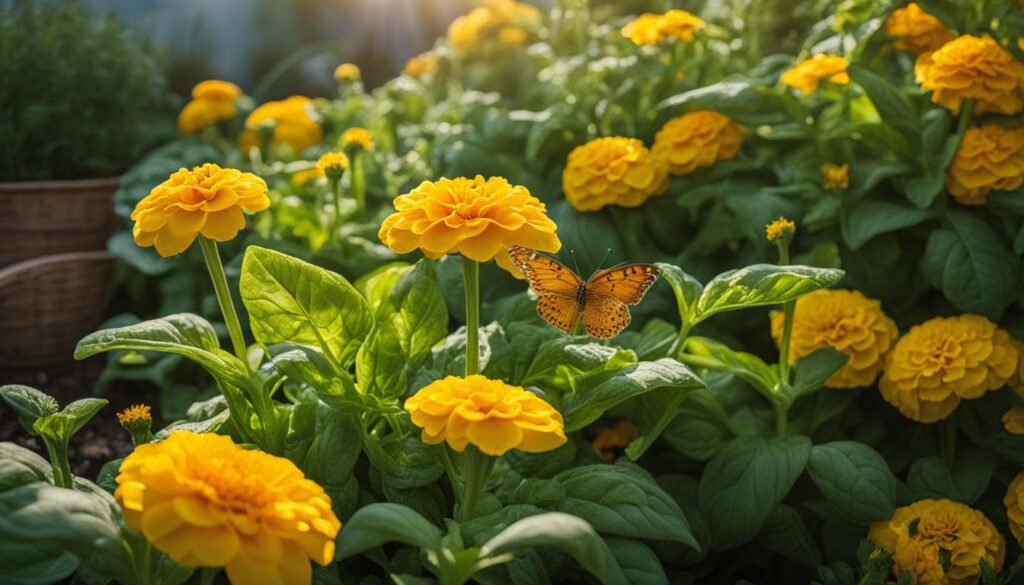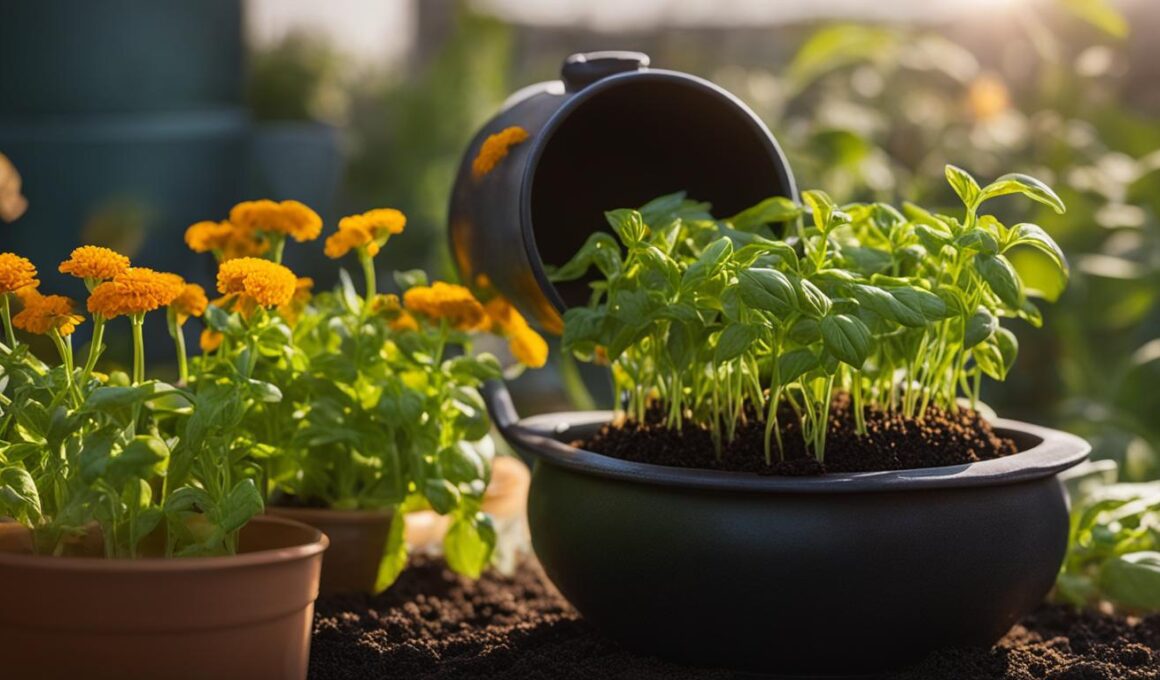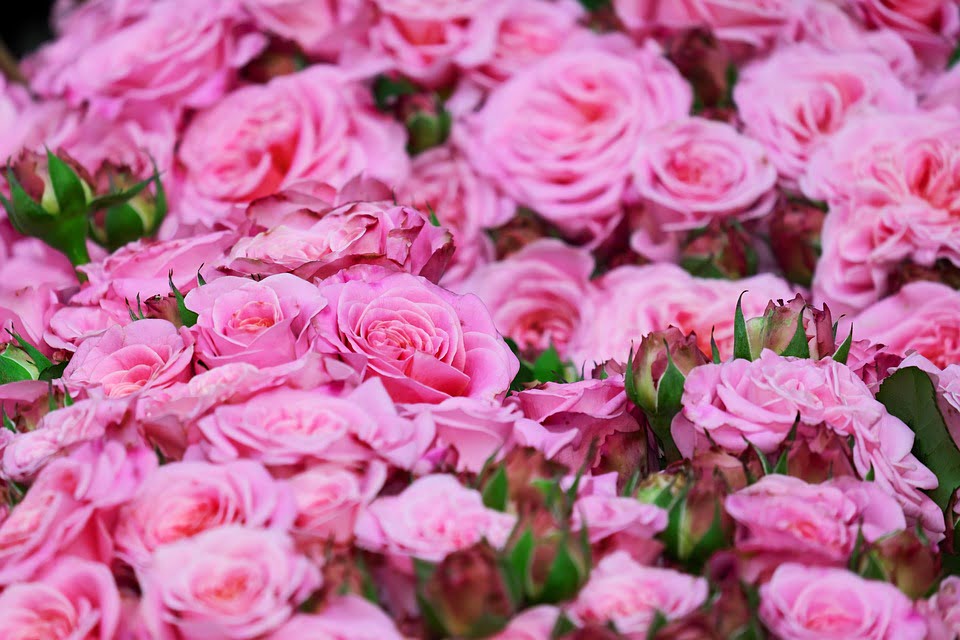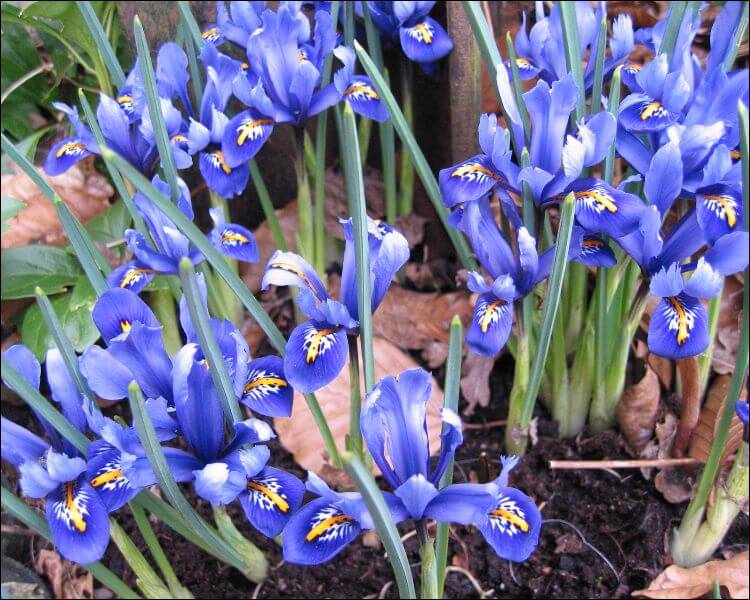Companion planting is a widely used gardening technique that pairs compatible plants together for mutual benefits. Basil and marigolds are an excellent example of a successful companion planting combination. They have similar needs in terms of soil, water, and sunlight, and they also provide numerous benefits to each other. Basil acts as a natural pest repellent for marigolds, while marigolds enrich the soil and add essential nutrients to the basil. In this section, we will explore the concept of companion planting, the benefits of growing basil and marigolds together, and how to successfully grow them in your garden.
Post Summary:- Growing basil and marigolds together is a form of companion planting.
- Companion planting offers mutual benefits and improves the overall health of plants.
- Basil acts as a natural pest repellent for marigolds, while marigolds enrich the soil and add nutrients to basil.
- Successful growth requires choosing a sunny spot, proper soil preparation, regular watering, and pest control.
- By following the tips in this guide, you can create a thriving garden with basil and marigolds.
Continue reading to discover the benefits of companion planting and how to grow basil and marigolds together successfully.
Understanding Companion Planting and Its Benefits
Companion planting is a gardening technique that involves growing different plants together to take advantage of their complementary qualities. By understanding companion planting and its benefits, you can create a more productive and diverse garden. This technique has several advantages, including improved yield, better pest and disease control, efficient use of space, improved soil health, and increased biodiversity.
Companion planting works by harnessing the natural properties of different plants to create a harmonious growing environment. For example, some plants repel pests, while others attract beneficial insects that prey on pests. Some plants also have the ability to improve soil fertility by fixing nitrogen or adding organic matter.
When it comes to growing basil and marigolds together, companion planting offers numerous benefits. Both basil and marigolds have similar needs in terms of soil, water, and sunlight, making them compatible companions. Basil acts as a natural pest repellent for marigolds, emitting a strong aroma that deters common garden pests such as aphids, whiteflies, and tomato hornworms. On the other hand, marigolds enrich the soil with essential nutrients, benefiting the basil plants and promoting their healthy growth.
By understanding the concept of companion planting and its benefits, you can make informed decisions about which plants to pair together in your garden. This technique not only improves the overall health and productivity of your plants but also creates a more balanced and sustainable gardening ecosystem.
| Companion Planting Benefits | Examples |
|---|---|
| Improved yield: Companion plants can enhance the yield of crops by attracting pollinators or providing shade. | Tomatoes and basil |
| Better pest and disease control: Some plants repel pests or attract beneficial insects that prey on pests, reducing the need for chemical interventions. | Marigolds and roses |
| Efficient use of space: Companion plants with different growth habits can maximize space utilization in your garden. | Corn, beans, and squash (Three Sisters) |
| Improved soil health: Certain plants have the ability to fix nitrogen or add organic matter to the soil, enhancing its fertility. | Legumes (such as peas or beans) and leafy greens |
| Increased biodiversity: Companion planting promotes a diverse garden ecosystem, supporting a wide range of beneficial organisms. | Mixed flower beds with various companion plants |
The Benefits of Growing Basil and Marigolds Together
When it comes to companion planting, the combination of basil and marigolds offers a multitude of benefits for your garden. These two plants not only thrive together but also support each other’s growth and protect against common pests. Let’s explore the specific advantages of growing basil and marigolds together.
Pest Control and Natural Repellent
Basil acts as a natural pest repellent for marigolds. The strong aroma of basil leaves deters pests such as aphids, whiteflies, and tomato hornworms, effectively protecting the marigolds from infestation. By interplanting basil and marigolds, you create a natural barrier that keeps harmful insects at bay, reducing the need for chemical pesticides.
Soil Enrichment and Nutrient Boost
Marigolds enrich the soil and provide essential nutrients for the basil plants. Their deep root system improves soil structure and drainage, while also adding organic matter and beneficial microorganisms. As marigolds break down, they release compounds that nourish the basil, resulting in healthier and more vibrant growth for both plants.
Shade and Sun Protection
Another benefit of growing basil and marigolds together is the shade that marigolds can provide for basil plants. Basil thrives in full sun but may struggle under intense summer heat. By strategically planting marigolds nearby, you can create a natural canopy that offers shade and protection, preventing basil leaves from wilting or burning in the hot sun.

Enhanced Flavor and Aesthetic Appeal
Not only do basil and marigolds offer practical benefits, but they also contribute to the overall taste and beauty of your garden. Marigolds add a bright burst of color with their vibrant blooms, enhancing the aesthetics of your garden bed. Additionally, the aromatic presence of basil lends a delightful fragrance and flavor to dishes when harvested for culinary use.
When grown together, basil and marigolds create a harmonious partnership, serving not only as companion plants but also as beneficial allies. The natural pest control, soil enrichment, shade protection, and added flavor make this combination a favorite among gardeners. Consider incorporating basil and marigolds into your garden to enjoy the numerous benefits they offer.
How To Grow Basil and Marigolds Together Successfully
If you’re interested in companion planting basil and marigolds, there are several key tips to keep in mind for successful growth. First, choose a sunny spot in your garden that receives at least six hours of sunlight per day. This ensures that both basil and marigolds get the necessary sunlight they need to thrive.
Next, prepare the soil by ensuring it is well-drained and rich in organic matter. Good drainage helps prevent waterlogging, which can lead to root rot. Mixing in organic matter, such as compost or well-rotted manure, helps improve soil structure and fertility.
When it comes to planting, sow the basil seeds about ½ inch deep and 18 inches apart. This allows enough space for the basil plants to grow and spread out. For marigolds, sow the seeds ¼ inch deep and 12 inches apart. Planting them closer together creates a dense and colorful display of flowers.
Both basil and marigolds require regular watering, especially during hot summer months. Keep the soil evenly moist, but avoid overwatering, as this can lead to root diseases. Fertilize monthly to provide additional nutrients for the basil plants, which in turn benefits the marigolds as well.
Harvesting and Pest Control
Harvesting basil leaves when the plants are approximately 8 inches tall promotes healthy growth and encourages more leaf production. Trim the stems just above a pair of leaves to encourage branching. For marigolds, cut off the fully open flower heads to encourage continuous blooming.
Tip: To extend the blooming period of marigolds, deadhead the spent flowers regularly.
In terms of pest control, basil naturally repels pests such as aphids, whiteflies, and tomato hornworms with its strong aroma. However, if pest infestations occur, you can manually remove them or use organic insecticides. Marigolds also help deter certain pests with their strong scent.
| Basil | Marigolds |
|---|---|
| Plant basil in a sunny spot with well-drained soil. | Plant marigolds in a sunny spot with well-drained soil. |
| Sow basil seeds ½ inch deep and 18 inches apart. | Sow marigold seeds ¼ inch deep and 12 inches apart. |
| Water basil regularly, keeping the soil evenly moist. | Water marigolds regularly, keeping the soil evenly moist. |
| Fertilize basil monthly to provide additional nutrients. | Fertilize marigolds monthly to promote healthy growth. |
| Harvest basil leaves when plants are approximately 8 inches tall. | Cut off fully open marigold flower heads to encourage continuous blooming. |
| Use organic pest control methods or manually remove pests. | Marigolds naturally repel certain pests with their strong scent. |
By following these tips, you can successfully grow basil and marigolds together and enjoy the benefits of this companion planting combination in your garden.

Can I Grow Nasturtiums and Basil Together in a Companion Planting Setup?
Yes, you can grow marigolds and nasturtiums together in a companion planting setup. These two plants make excellent companions as they help deter pests and maintain the health of each other. Marigolds repel insects, while nasturtiums attract beneficial insects that prey on pests. Plus, their vibrant colors create a beautiful and visually appealing garden.
Conclusion
Growing basil and marigolds together is a delightful way to enhance your gardening experience. The combination of these two plants not only promotes their individual growth but also offers a range of benefits. By following the tips and guidelines outlined in this article, you can create a thriving garden filled with the beauty and advantages of companion planting basil and marigolds.
The companionship between basil and marigolds provides natural pest control, keeping aphids, whiteflies, and tomato hornworms at bay. Basil acts as a natural deterrent, emitting a strong aroma that repels these unwanted pests. Meanwhile, marigolds enrich the soil, adding vital nutrients that benefit both the basil and surrounding plants.
Additionally, growing basil and marigolds together allows for efficient use of space in your garden. The marigolds can provide shade, protecting the basil from the scorching summer sun. This combination improves soil health, diversifies your garden, and enhances the overall flavor of your basil crop.
Incorporating companion planting principles into your gardening practices not only leads to healthier plants but also fosters a more sustainable and balanced ecosystem. So why not give it a try and enjoy the beauty and benefits of growing basil and marigolds together in your own garden?
Can Basil and Marigolds Be Planted Alongside Berry Plants for a Successful Harvest?
Yes, basil and marigolds can be planted alongside berry plants for a successful harvest. By incorporating these companion plants, you can naturally repel pests and attract beneficial insects, leading to healthier berry bushes. Utilizing these tips for growing berries can result in a bountiful harvest with improved flavor and yield.
FAQ
What is companion planting?
Companion planting is a gardening technique where different plants are grown together to take advantage of their complementary qualities.
What are the benefits of companion planting?
Companion planting offers various benefits, including improved yield, better pest and disease control, efficient use of space, improved soil health, and greater diversity in the garden.
Why are basil and marigolds considered good companions?
Basil acts as a natural pest repellent for marigolds, while marigolds enrich the soil and add essential nutrients to basil. They also provide shade for basil, protecting them from the intense summer sun.
How do I successfully grow basil and marigolds together?
Choose a sunny spot in your garden, ensure well-drained soil, sow the seeds at the right depth and spacing, provide regular watering and monthly fertilization. Practice pest control and harvest basil leaves when the plant is approximately 8 inches tall.
What are the benefits of growing basil and marigolds together?
Growing basil and marigolds together enhances their individual growth, provides pest control, improves soil quality, and enhances flavor.








